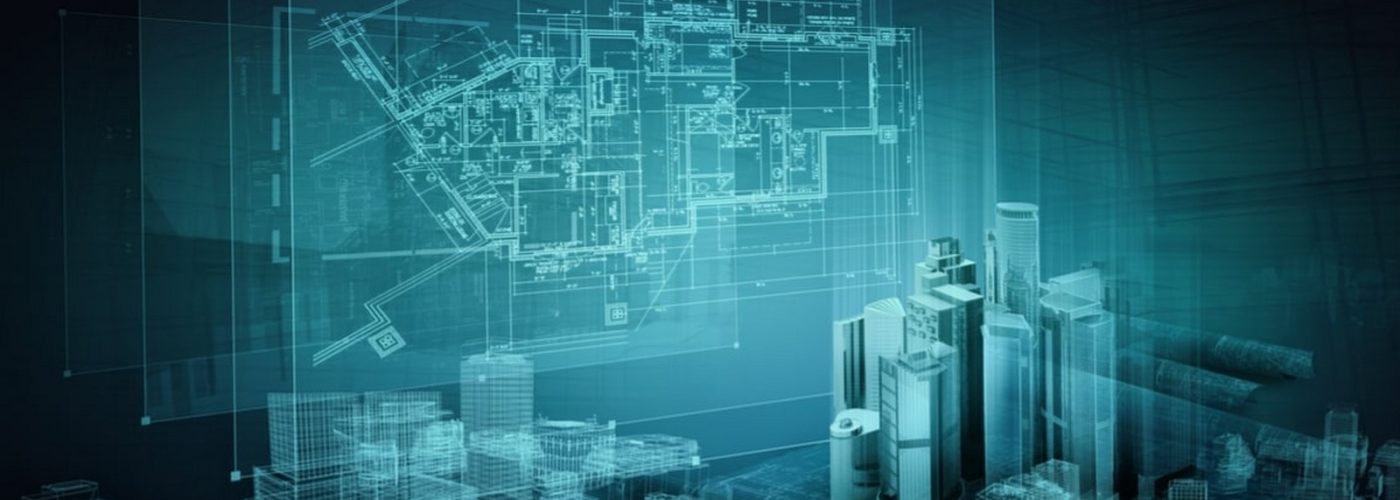Technology is often blamed for destroying historic architecture, but in some cases, it can be used to help preserve and restore these buildings. In this article, we will discuss how technology is being used to aid in the rehabilitation of historic architecture. We will also discuss the benefits of using technology in this restoration project.
Helping To Preserve Our Cultural Heritage
Rehabilitating historic architecture is a necessary process that helps preserve our cultural heritage. Historic buildings are a valuable part of our built environment and represent an essential part of our collective history. By rehabilitating these buildings, tech expert Mark Stiffler believes we can maintain their architectural integrity and ensure that they will be able to stand for future generations.
The rehabilitation of historic architecture also positively impacts the local economy. It can create jobs, revitalize communities, and attract tourists. In addition, the reuse of existing buildings can help to reduce our carbon footprint and conserve natural resources. Therefore, the rehabilitation of historic architecture is a necessary process that helps preserve our cultural heritage.
Technology Makes Rehabilitation Easier And More Affordable
While many challenges are involved in rehabilitating historic buildings, technology has made many aspects of the process easier and more affordable than ever before. For example, advances in laser scanning and 3D modeling have made it possible to create accurate digital representations of existing structures. This data can be used to develop virtual reality simulations that allow stakeholders to explore different design options and make informed decisions about the project’s direction.
In addition, new construction techniques and materials have made it possible to replicate or restore original features with greater precision and at a lower cost than ever before. As a result, technology has played a vital role in ensuring that our shared heritage can be preserved for future generations.
Using 3D Printing To Create Replicas
Tech expert Mark Stiffler noticed that 3D printing could be used to create precise replicas of missing or damaged architectural elements. This technology can create detailed models of complex shapes, which can then be used to develop full-scale prototypes. Additionally, 3D printing can make molds for casting, which can be used to create exact replicas of the original piece.
This process can be used to repair or replace missing or damaged pieces of architecture, such as statues, columns, or other ornamental elements. In addition, 3D printing can be used to create customized facades or other factors that are not readily available. As a result, this technology offers a versatile and precise solution for creating missing or damaged architectural elements.
The Use Of Drones In Historic Architecture
One of the most exciting applications of technology in historical architecture is the use of drones. Drones are unmanned aerial vehicles (UAVs) that can be equipped with a variety of cameras and sensors. They have been used extensively recently to capture detailed images and video footage of hard-to-reach places. This data can then create accurate three-dimensional models of buildings or sites.
In the past, this type of data would have been complicated and expensive to obtain. However, thanks to drones, it is now possible to gather this data quickly and affordably. This information can help plan and execute rehabilitation projects more accurately and precisely.
CAD Software Easily Creates Plans And Drawings
Architects and engineers frequently use computer-aided design (CAD) software to create detailed plans and drawings for construction projects. However, CAD software can also help restore old buildings to their original condition. By creating a 3D model of the building, CAD software can be used to identify areas that need to be repaired or rebuilt.
In addition, CAD software can be used to create accurate plans for restoration work, which can help to ensure that the work is carried out correctly and that the finished product closely resembles the original building. As a result, CAD software can be a valuable tool for those undertaking the challenging task of restoring an old building.
Conclusion
Rehabilitating historic architecture is a necessary process that helps preserve our cultural heritage. However, it can be difficult and expensive, especially when done correctly. Thankfully, technology has made many aspects of the rehabilitation process more accessible and more affordable than ever before. For example, computer-aided design (CAD) software can be used to help restore old buildings to their original condition. Additionally, drones can capture detailed images and video footage of hard-to-reach places. Technology can preserve our shared heritage for future generations.





